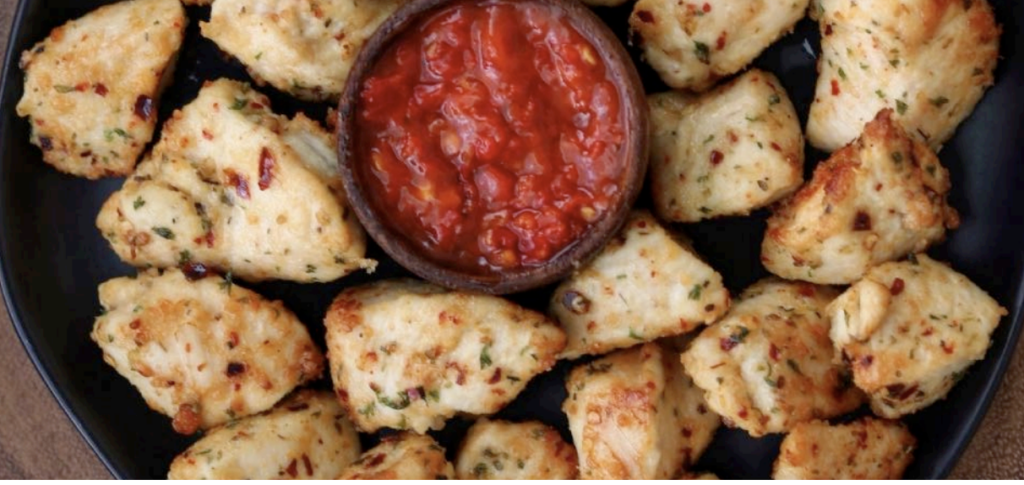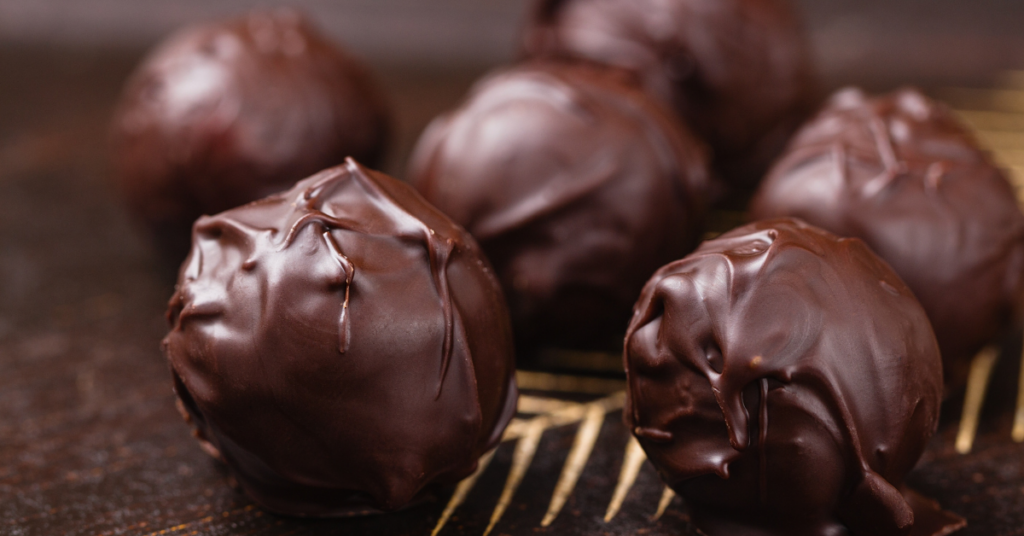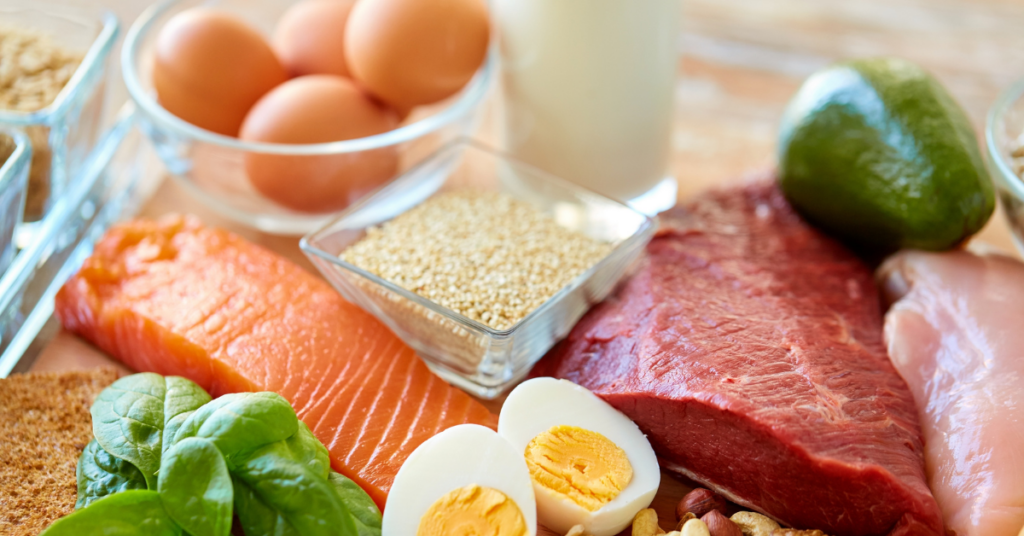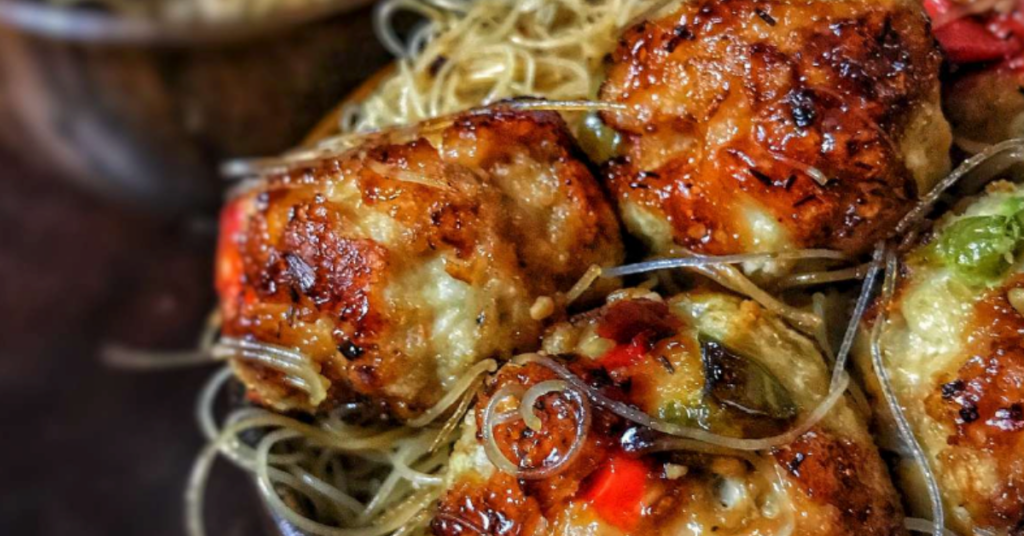So you’re a vegetarian. Maybe you’re even 100% vegan and therefore consume zero animal products. There are many excellent reasons to choose a vegetarian or vegan lifestyle, and in no way should this limit your ability to reach your health goals.
By now, you’ve probably had the importance of adequate protein intake drilled into your brain (if not, you will soon). I’m sure you also know that meat has the most protein per gram. Obviously, that doesn’t jive very well with the vegetarian or vegan lifestyle. Does this mean that you’re up crap creek without a paddle when it comes to eating more protein? Is it really possible to eat 100g of protein a day without a slab of steak or grilled chicken?
Yes, absolutely – but it will require a bit of creativity.
First, let’s look at how you classify yourself as a vegetarian. Are you a:
- Lacto-ovo-vegetarian (LO-Veg)
- You eat both dairy products and eggs
- Lacto-vegetarian (L-Veg)
- You eat dairy but not eggs
- Ovo-vegetarian (O-Veg)
- You eat eggs but avoid dairy
- 100% vegan
- You avoid dairy, eggs, or any products derived from animals.
*Pescatarians (eat no other meat but fish) are not considered vegetarian by the Vegetarian Society*
Eating a high-protein diet will be a bit easier for the top three categories, but don’t worry if you’re a vegan. There are still plenty of options for hitting your daily protein goal that doesn’t involve meat, eggs, or dairy products.
Powerful Vegetarian and Vegan Protein Sources
“Where’s the beef?” That’s the question I asked myself the first time I worked with a vegetarian client many years ago. I can tell you almost within a single gram how much protein chicken breast, thighs, ground beef, or fish have in a 4-ounce serving. But what if you can’t have any of that? What if you don’t eat meat?
I was at a loss.
So, I did what any curious person does today: I Googled it. And as I dove deeper than the submarine that found the Titanic into the deepest trenches of Google, I realized there are a ton of high-protein vegan foods that don’t require buying supplements.
Tofu
The result of pressing soybean curds into a white block, tofu is one of the most commonly prepared protein options for those on a non-meat diet.
Tofu can be soft, firm, or extra firm and is very versatile since it takes on the sweet or savory qualities of whatever marinade it is prepared in. It’s become a staple of many countries due to the number of different methods of preparation and it’s high-protein, low-calorie makeup.
In a 100g serving, you can expect 8g of protein along with only 1.5g carbs and 3.5g of fat.
Lentils
These lens-shaped seeds are part of the legume family and a staple of many Asian countries’ diets. Although they come in many different color varieties and flavors, they all pack a fairly high carbohydrate punch and probably should not be used often as the main protein source.
Each 100g of raw lentils contains 25g of protein, 1g of fat, and a whopping 63g of carbs (30g of that is dietary fiber which is good for digestive health.)
Mycoprotein aka Quorn
Originally created in the 1960s as a possible food replacement to help combat the global food shortage, Quorn was developed in Britain and released in the early 1980s. It quickly became a staple for vegetarians in the United Kingdom.
It is bound together with egg whites and packs a decent amount of protein in a 100-gram serving. You can expect to get about 11g of protein, 9 grams of carbs, and 3 grams of fat, which comes out to around 90 calories per serving.
*Do not consume if L-Veg or Vegan
Natto
A traditional Japanese food, Natto, is made from fermenting soybeans. It’s creation dates back to ancient times and is created by combining the natto soybean with a bacterium known as Bacillus subtilis. This bacterium is abundant in rice straw. In ancient Japan, they’d pack the steamed soybeans into the rice straw and leave it to ferment. Natto can be a turn off to some due to its strong pungent smell and slimy texture.
But in a 100-gram serving, you’ll get 18g protein, 11g fat, and 14g carbs
Tempeh
Tempeh is another soybean product that originated in Indonesia. It’s the most popular protein source for inhabitants of the island of Java today. Like Natto, it’s made by fermenting soybeans with a bacterium.
Tempeh, however, uses the whole soybean during the fermentation process, thus giving it a higher content of protein and dietary fiber.
A 100g serving will net you 19g of protein, 11g of fat, and 9g of carbs.
Seitan
This is probably the best bang for your buck if you’re looking for a high-protein, non-meat alternative.
Unlike the others listed above, this one is super low in fat and its protein content is high.
In a 3-ounce serving of Seitan, you’ll get 1g of fat, 3g of carbs, and 18g of protein. So what is Seitan? Unlike the others above, Seitan is not made from soybeans.
Like Natto, Seitan was created more than a thousand years ago as a meat substitute for Chinese Buddhist monks. It’s made by combining gluten with herbs and spices, then adding it to water or stock, and bringing the mixture to a simmer. Which means, if you’re a gluten-free vegan/vegetarian, stick with soybeans. But, if you can stand a little gluten, this is a great protein-packed option.
Powdered Peanut Butter
When clients ask me how they can sneak more protein into their diet, powdered peanut butter has now become one of the first things I tell them to pick up.
Peanuts and they’re packaged buttery spreads have a 2:1 fat to protein ratio. That doesn’t make them high protein—that makes them high fat. But peanut butter fans need not worry. And if you’re vegan, and tired of soy products, powdered peanut butter cuts that from 16g per serving down to 2g while keeping 5g of protein.
If you’re looking for a cheap and simple vegan source of protein—while keeping peanut butter in your diet—then get a giant tub of this. PBFit and PB2 are both great brands.
Pea Protein Powder
Yes, there is also a protein powder option for those of you who don’t eat dairy products.
I will warn you, however, that the chalky taste is very noticeable and tough to cover up in even the most well-blended of protein shakes. It’s very convenient for traveling or when you’re short on protein and don’t feel like cooking, but don’t say I didn’t warn you about the taste.
The amount of protein you’ll get per serving can depend on the brand, but it can typically be anywhere from 15-20g of protein per serving.
Protein For All
As you can see, it’s not super difficult to get high-protein sources if you don’t eat meat, it just takes a little curiosity and the willingness to try a few new things. Eat a wide array of the high-protein foods listed above (in addition to your veggies) to get everything your body needs so that you can recover, stay full and satisfied, and build muscle just like your meat-loving counterparts.








